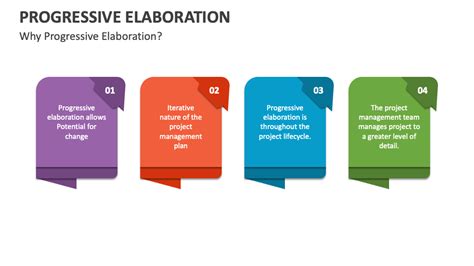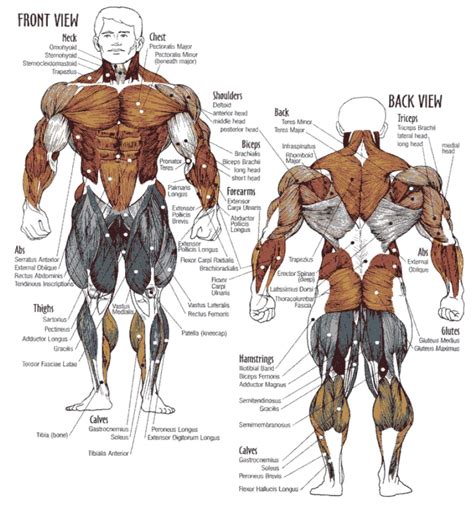How to effectively break strength plateaus and drive consistent muscle growth for peak performance?

Understanding Strength Plateaus
Every dedicated lifter eventually encounters the frustrating wall known as a strength plateau. This is that point where your lifts stall, reps refuse to increase, and the scale on the weight stack seems to mock your best efforts. Far from being a sign of failure, plateaus are a natural part of the adaptation process; your body has become incredibly efficient at what you’re asking it to do. To continue making progress and driving consistent muscle growth for peak performance, you need to disrupt this newfound efficiency.

Strategic Training Adjustments
The core of breaking a plateau lies in intelligently varying your training stimulus. This is where the principle of progressive overload, often misconstrued as simply adding more weight, becomes a sophisticated tool:
- Vary Progressive Overload: Beyond just increasing weight, consider increasing total volume (sets x reps x weight), decreasing rest times, improving exercise form, or increasing training frequency for a specific muscle group. Small, consistent changes add up over time.
- Implement Deload Weeks: Periodically, usually every 6-12 weeks, reduce your training volume and intensity by 40-60% for a week. This allows your central nervous system and muscles to fully recover, often leading to a surge in strength upon returning to heavier training.
- Change Exercise Variations: If your barbell bench press is stalled, try dumbbell bench press, incline press, or dips for a few weeks. Different exercises recruit muscle fibers at slightly different angles and demand different stability, providing a novel stimulus.
- Incorporate Intensity Techniques: Techniques like dropsets, supersets, rest-pause, or forced reps (with a spotter) can push muscles beyond their typical failure point, promoting hypertrophy, but should be used sparingly due to their high recovery demands.
- Focus on Weak Links: Identify any accessory muscles or specific ranges of motion that are limiting your main lifts. Strengthen these areas with targeted exercises.

Optimize Your Nutrition
Training provides the stimulus, but nutrition provides the building blocks. Without adequate fuel, consistent muscle growth is impossible.
- Caloric Surplus: To build muscle, you generally need to consume more calories than you burn. A modest surplus (250-500 calories above maintenance) is ideal to support growth without excessive fat gain.
- Adequate Protein Intake: Protein is crucial for muscle repair and synthesis. Aim for 1.6-2.2 grams of protein per kilogram of body weight, distributed throughout the day.
- Carbohydrates for Fuel: Carbs are your body’s primary energy source for intense workouts. Ensure sufficient intake to power your training and replenish glycogen stores.
- Healthy Fats: Essential for hormone production and overall health. Don’t neglect sources like avocados, nuts, seeds, and fatty fish.
- Hydration: Water plays a critical role in nutrient transport, metabolic processes, and overall performance. Dehydration can significantly impair strength and endurance.
Prioritize Recovery
Muscle growth doesn’t happen in the gym; it happens during recovery. Neglecting this crucial phase will quickly lead to overtraining and prolonged plateaus.
- Quality Sleep: Aim for 7-9 hours of high-quality sleep per night. This is when your body produces the most growth hormone and testosterone, essential for muscle repair and growth.
- Active Recovery: Light activities like walking, stretching, or foam rolling can improve blood flow, reduce soreness, and aid in recovery without adding more stress.
- Stress Management: Chronic stress elevates cortisol levels, which can break down muscle tissue and hinder recovery. Incorporate stress-reducing practices like meditation, deep breathing, or hobbies.

The Mental Game
Breaking plateaus is as much a mental challenge as it is physical.
- Patience and Consistency: Muscle growth and strength gains are not linear. Be patient, trust the process, and remain consistent with your efforts even when progress feels slow.
- Set Realistic Goals: Understand that progress might be slower as you become more advanced. Celebrate small victories and focus on continuous improvement rather than immediate, drastic changes.
- Maintain a Positive Mindset: Believe in your ability to push through. Visualize success and approach each workout with purpose.

Conclusion: A Holistic Approach
Effectively breaking strength plateaus and driving consistent muscle growth for peak performance isn’t about one magic bullet; it’s about integrating a holistic approach. By intelligently manipulating your training variables, optimizing your nutrition, prioritizing recovery, and cultivating a resilient mindset, you can continually challenge your body, adapt to new demands, and unlock new levels of strength and muscle development. Stay persistent, listen to your body, and enjoy the journey of continuous improvement.










